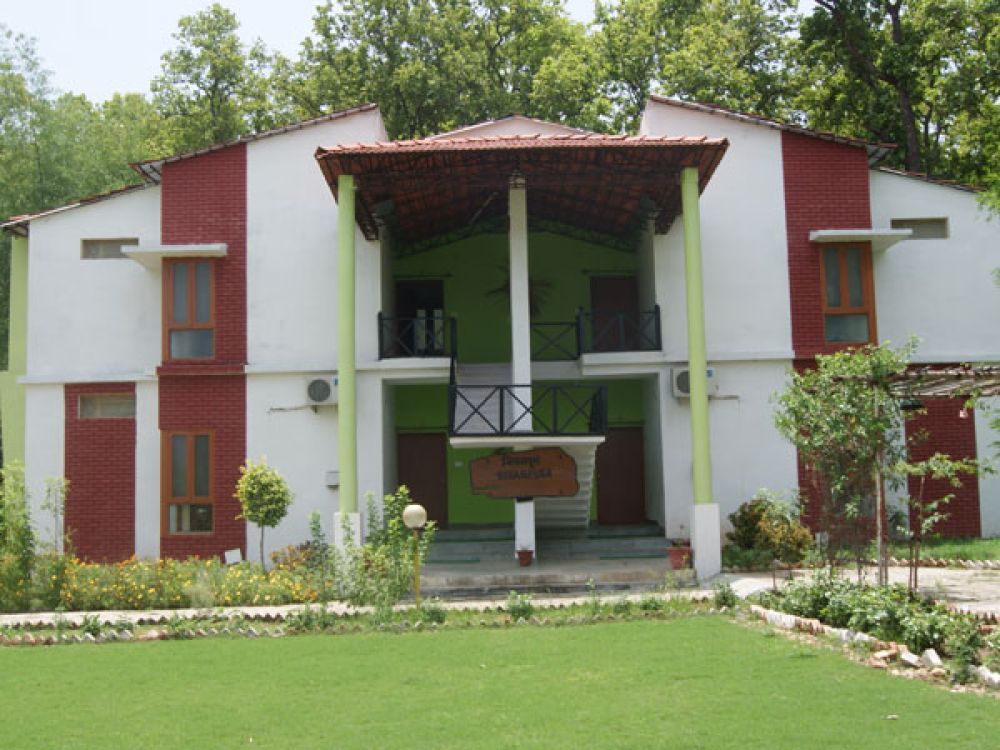

Kanha National Park, nestled in the heart of India in the state of Madhya Pradesh, is one of the country's most renowned wildlife reserves. Famous for its significant tiger population, it is also home to the striking Sonf Meadows. The history of tourism in Kanha and the Sonf Meadows is intertwined with the conservation efforts and the natural beauty that the park offers.
The origins of Kanha National Park as a protected area can be traced back to 1933, but it wasn't until 1955 that it was officially declared a National Park. This paved the way for conservation efforts and the beginning of regulated tourism. The Park's popularity grew after it served as the inspiration for Rudyard Kipling's famed novel, "The Jungle Book," which introduced the mysteries and allure of Indian jungles to readers around the world.
With the initiation of Project Tiger in 1973, a tiger conservation program, Kanha National Park became one of the first nine reserves to be protected under this project. This significantly boosted its profile and drew wildlife enthusiasts from across the globe, eager to catch a glimpse of the majestic Bengal tiger in its natural habitat.
The Sonf Meadows, which lie in the central part of Kanha National Park, are famed for their sweeping grasslands. These meadows are a vital ecosystem within the park, offering a bounty of grazing for herbivores such as the Barasingha, also known as the swamp deer, and serve as an excellent hunting ground for predators like the tiger and leopard. In recent years, Sonf Meadows have become a focal point for wildlife sightings, enhancing the park's tourism appeal.
In the context of global trends, wildlife tourism and ecotourism have witnessed a surge in popularity, and Kanha National Park is no exception. Visitors are increasingly looking for sustainable travel options that allow them to experience wildlife in its natural context while ensuring their presence does not disrupt the delicate balance of the ecosystem.
The park's management has implemented various measures to protect the environment and the communities within. Tourists can enjoy guided safaris in open-top jeeps, which are regulated to minimize disturbance to the wildlife. This responsible approach helps maintain the park's integrity and ensures a thrilling yet respectful wildlife experience.
In recent years, luxury wildlife lodges and eco-friendly resorts have emerged around Kanha National Park, offering comfortable stays that blend seamlessly with the natural surroundings. Tour operators and lodges often include educational aspects in their packages, such as nature walks, local tribal culture tours, and conservation talks, catering to a growing demand for immersive travel experiences.
Moreover, the Indian government has been proactive in promoting wildlife tourism, with digital campaigns and initiatives that make it easier for domestic and international tourists to explore India's natural heritage. Advanced online safari booking systems, improved infrastructure, and enhanced visitor services contribute to a hassle-free and enriching visit to the enchanting Sonf Meadows and beyond.
From the historical roots as a simple haven for wildlife to becoming a globally recognized ecotourism destination, Kanha National Park and the Sonf Meadows have come a long way. The park continues to enchant visitors with its diverse fauna, dense forests, and the serene beauty of the meadows. As travelers seek authentic experiences in harmony with nature, Sonf Meadows stands as a testament to the enduring allure of India's wild heartlands.